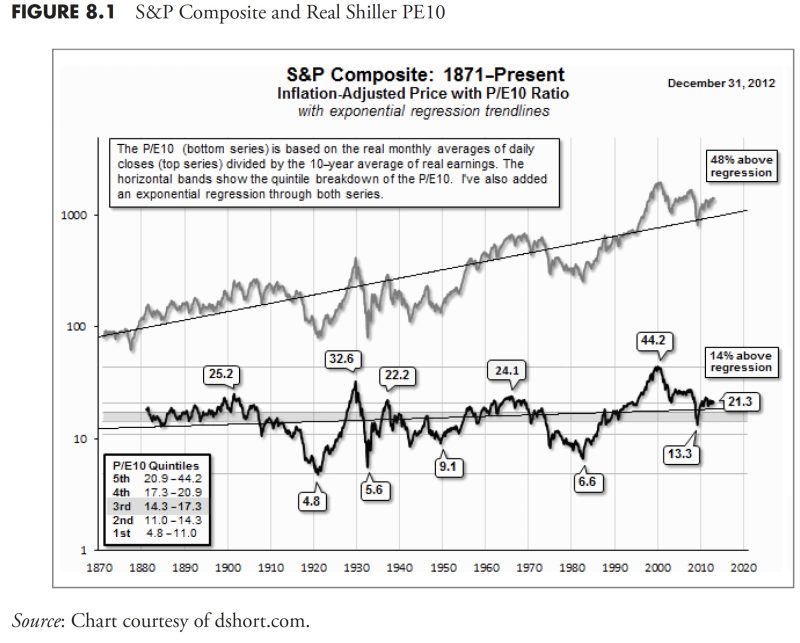In the world of modern finance, stakeholders often face complex and intricate challenges when it comes to understanding valuations, returns, and distributions. The perception of value, the calculation of returns, and the allocation of distributions play crucial roles in shaping investment decisions and shaping financial markets. However, as we delve deeper into these concepts, it becomes evident that certain myths and misconceptions surround them, casting doubts on the true nature of modern finance.
Valuations are at the core of financial decision-making, as they reflect the worth of an asset or investment at a given point in time. However, the process of valuing assets is not always straightforward and can be influenced by a myriad of factors. One common misconception is the belief that valuations are purely objective and based on concrete data. In reality, valuations can be subjective and are often subject to interpretation, leading to discrepancies in perceived value. This subjectivity can be a source of concern for investors, as inaccurate valuations can result in misguided investment decisions.
Returns, on the other hand, are a key metric in assessing the performance of investments. Investors often rely on historical returns to gauge the profitability of an investment and predict future outcomes. However, the reliance on past performance as a predictor of future returns is a risky proposition. Markets are dynamic and subject to constant change, making it difficult to accurately predict future performance based solely on historical data. It is crucial for investors to exercise caution and consider a wide range of factors when evaluating potential returns on investments.
Distributions, or the allocation of profits or assets to stakeholders, are another critical aspect of modern finance. Whether in the form of dividends, interest payments, or capital gains, distributions play a vital role in incentivizing investors and ensuring the sustainability of investments. However, misconceptions around distributions often lead to confusion among stakeholders. One common myth is that higher distributions always indicate better performance. While high distributions may be attractive, they can also be unsustainable and indicative of underlying risks. Investors should carefully assess the sustainability and rationale behind distributions to make informed decisions.
In conclusion, the concepts of valuations, returns, and distributions are fundamental to modern finance, shaping investment decisions and market dynamics. However, it is essential for stakeholders to critically evaluate these concepts and dispel common myths and misconceptions that may cloud their understanding. By approaching valuations, returns, and distributions with a critical mindset and considering a diverse range of factors, investors can navigate the complexities of modern finance with greater clarity and confidence.
